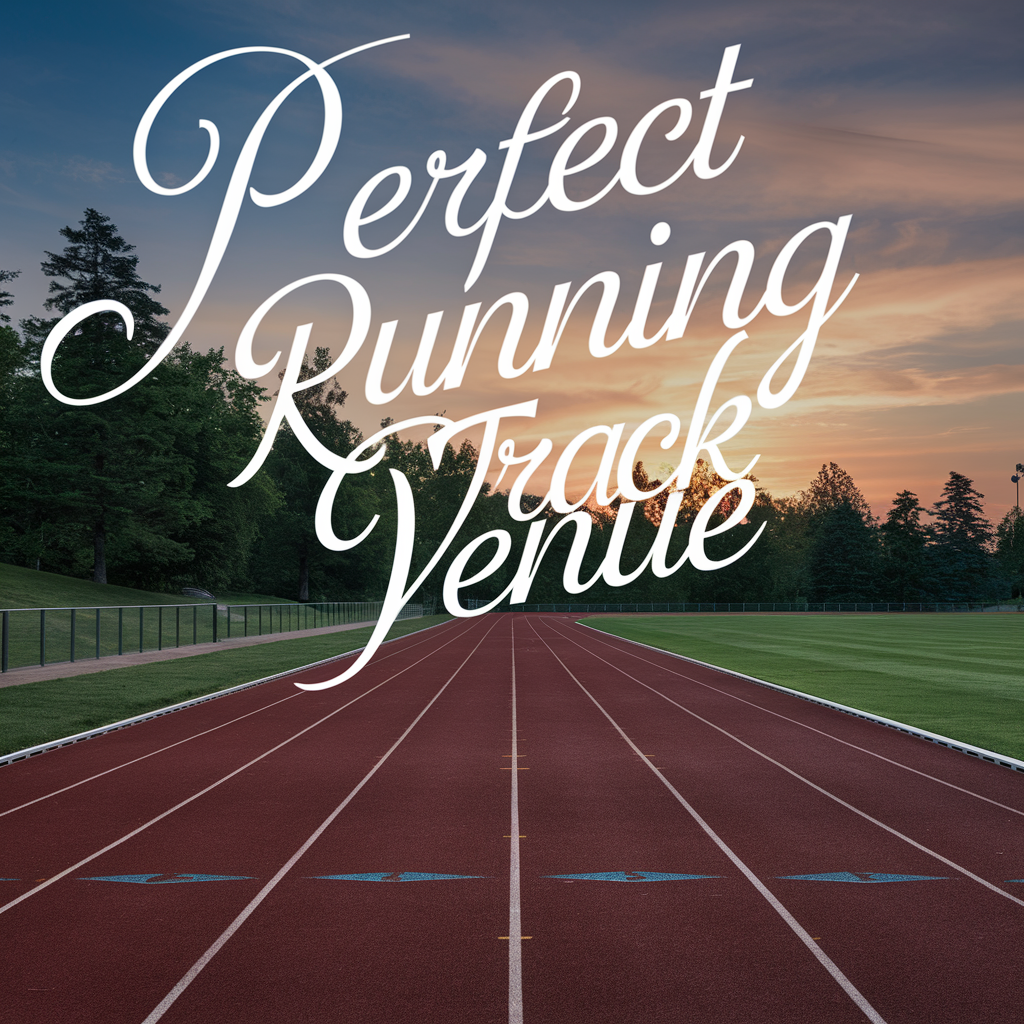Are you considering building a running track venue? Whether it’s for personal use, community engagement, or professional events, creating a top-notch running track requires meticulous planning and consideration. From location selection to track surface, every aspect plays a crucial role in ensuring a successful and enjoyable experience for runners. Let’s delve into the key factors to consider when embarking on this endeavor.
Location, Location, Location
The first step in building a running track venue is selecting the perfect location. Accessibility, terrain, and surrounding environment are essential factors to contemplate. Ideally, the venue should be easily reachable by participants and spectators alike, with ample parking and public transport options available. Additionally, consider the terrain—flat surfaces are preferable to minimize elevation changes and ensure a consistent running experience. Lastly, assess the surrounding environment for noise levels, air quality, and scenery, as these elements can greatly enhance the overall appeal of the venue.
Track Surface and Design
Choosing the right track surface is paramount for optimal performance and safety. Synthetic tracks, typically made of polyurethane or rubber, are popular choices due to their durability, shock absorption, and uniformity. Consider factors such as climate and maintenance requirements when selecting the track surface to ensure longevity and cost-effectiveness.
Furthermore, pay attention to the track design, including lane widths, curves, and straightaways. The International Association of Athletics Federations (IAAF) provides guidelines for track dimensions to ensure fairness and safety for competitors. Adhering to these standards will not only meet regulatory requirements but also enhance the overall quality of the venue.
When deliberating on the construction of a running track venue, consulting with experienced firms like McConnell and Associates can provide invaluable expertise in optimizing surface materials and track design.
Spectator Amenities
While the focus is often on the track itself, don’t overlook the importance of spectator amenities. Comfortable seating, shade, restroom facilities, and concession stands can significantly enhance the spectator experience and encourage attendance at events. Additionally, consider incorporating technology such as electronic timing systems and video screens to provide real-time updates and enhance engagement.
Safety and Accessibility
Safety should always be a top priority when designing a running track venue. Ensure that the venue meets all safety standards and regulations, including proper lighting, fencing, and emergency access points. Accessibility is also key to accommodate individuals of all abilities. Incorporate features such as ramps, handrails, and designated parking spaces to ensure inclusivity and compliance with accessibility guidelines.
Environmental Impact and Sustainability
In today’s environmentally conscious world, sustainability should be a core consideration in any construction project. Choose eco-friendly materials, implement energy-efficient lighting and irrigation systems, and incorporate green spaces to minimize the venue’s environmental footprint. Additionally, explore opportunities for recycling, waste reduction, and water conservation to promote sustainability throughout the venue’s lifespan.
Community Engagement and Programming
A successful running track venue goes beyond hosting events—it becomes a hub for community engagement and wellness initiatives. Collaborate with local schools, clubs, and organizations to offer programming such as youth clinics, fitness classes, and charity runs. By fostering a sense of community and promoting active lifestyles, the venue can become a cherished asset for generations to come.
Conclusion
Constructing a running track venue is a complex undertaking that demands meticulous planning and consideration of numerous elements. Each decision, from choosing the ideal site to guaranteeing safety and sustainability, significantly influences the venue’s ultimate success. By prioritizing the needs of runners, spectators, and the surrounding community, you can create a world-class facility that inspires athleticism, fosters camaraderie and leaves a lasting legacy for years to come.






